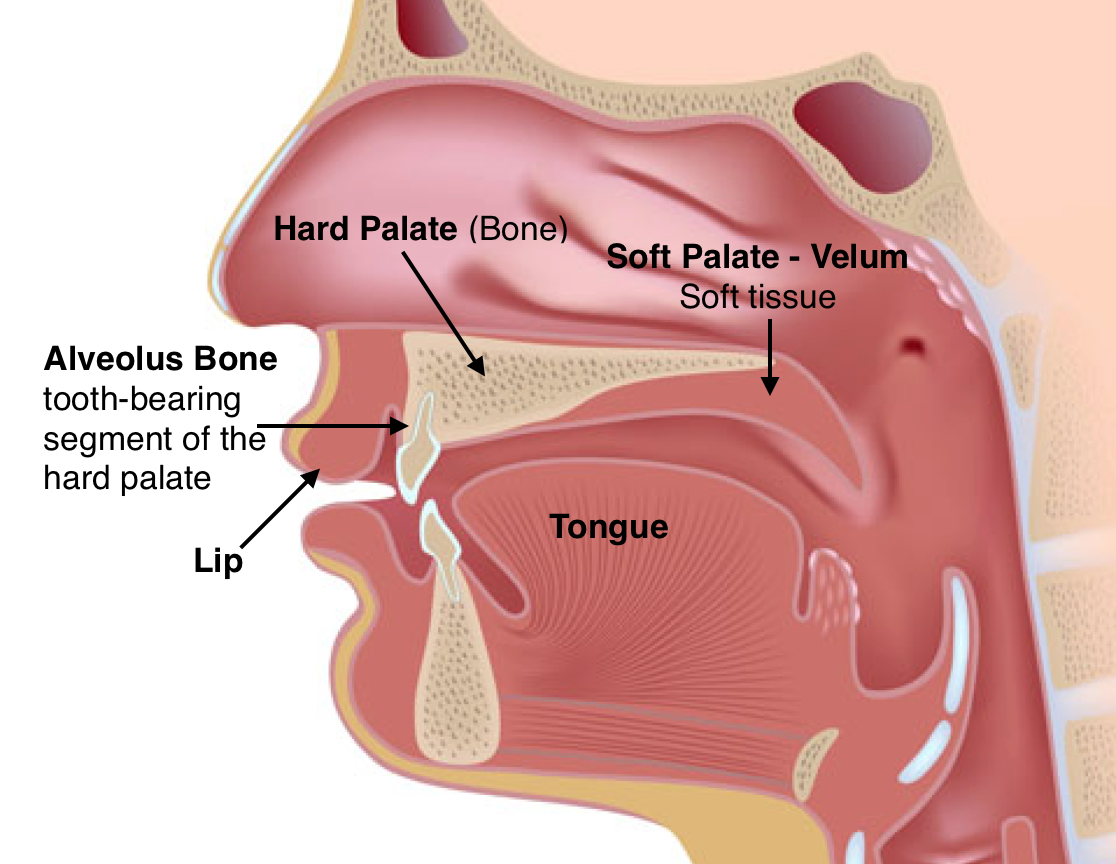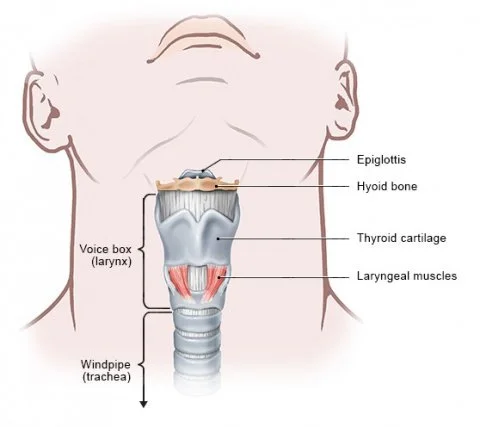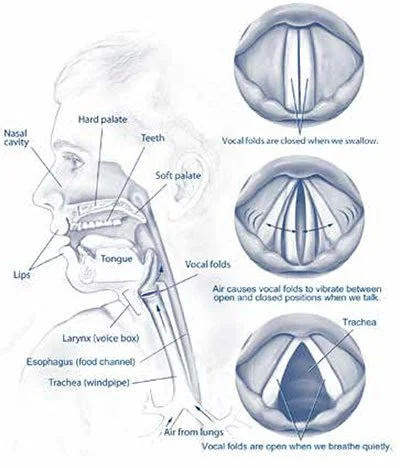Vocal Library
Welcome, singers! Save this link and study it DAILY. These professional vocal terms and resources will help you understand and apply professional techniques to your music - while we build the muscle memory in our sessions together.
Welcome, singers! Save this link and study it DAILY. These professional vocal terms and resources will help you understand and apply professional techniques to your music - while we build the muscle memory in our sessions together.
(verb): to improvise spontaneously; to perform complementary parts to a song’s written composition
Sing in the “rhythmic pockets” (where you would otherwise take a breath)
Sing synonyms for each phrase / line
Use open vowels (”oh,” “hoo,’ “ae”, etc.)

(noun): the ability to quickly and accurately change between pitches, tones, and vocal registers.
Soften your consonants
Practice it slow, then speed up
Consider your voice placement (forward, mid, or back)
(noun): the unified nature of multiple, individual sounds
(verb): to mix individual sounds (i.e. tone qualities or accents) into one sound
Add breathiness
Change your vowel shape
Replicate their vibrato speed
Practice in unison, a cappella with other distinct voices
(noun): one’s ability to manage the placement and timing of their breath
Breath in with rested shoulders, your back straightened, and knees unlocked.
Inhale and exhale for 10 seconds each. Then, decrease your inhale time while keeping your exhale at 10 seconds.
Sing with an open palm ✋🏽, and gradually close it by end of the phrase ✊🏽
(noun): the harmonic frequencies that resonate from one’s voice
Say “I” to raise the soft pallet
Place your voice foward, between the nose and mouth (or between the eyes)

(noun): Learning to identify pitches, chords, rhythms, and other musical elements by hearing.
Use song association to memorize different areas of music theory.
insTuner for Ear Training
(noun): The resonance that occurs after the modal voice (around C5 for men and G5 for women)
Make a siren sound on lip trills
Visualize your sound between your eyes / forehead
(noun): the vertical height of the voice box, which naturally rises and lowers with pitch
*A raised larynx is typically associated with straining, tension, and flat pitch*
Place two fingers on your larynx to monitor its movement
Start a yawn to lower the larynx
Say “mum” or “gug” with a relaxed tone to lower the larynx

(noun): The area between “chest” and “head” resonance (after Eb4 for men and Ab4 for women)
Sing high notes with the “relaxed feeling” of lower notes
Cup your mouth and say “wow” with a high, surprised tone
Sing arpeggios through your “flip” with high vocal fold closure
(verb): To use water vapor to hydrate the vocal tract or reduce blockages due to upper respiratory conditions.

Use a Mabis Facial Steamer or Mypurmist Inhaler for steam (alternatively, use a Vicks inhaler without the menthol pads)
Sit / Stand over a bowl of recently boiled water for 10-15 mins with a towel over your head.
After HOT steaming:
❌ Do not speak at all for 20 mins
Only sing gently for the next few hours
Also, use a VocalMist Portable Nebulizer to soothe your vocal tract with cool saline mist
(noun): A semi-occluded vocal tract (S.O.V.T.) method in which you sing (phonate) through a straw.
Use thin straws to add more back-pressure on the vocal cords
Phonate in a cup of water, creating steady bubbles through your range
(verb): De-emphasizing strong beats and emphazing weaker ones.
Sing the solfege, skipping every other note. Then, switch.
Use a metronome to learn different rhythms and practice your timing.
(noun): Methods to mitigate throat dryness, soreness, or inflammation due to overuse or sickness
4 S’s - Silence (vocal rest), Sip (water), Steam, & Sleep.
USE NeilMed Sinus Rinse to clear post-nasal drip
USE Ginger / Turmeric Teas for inflammation (thinly sliced, boiled for 10mins, add honey)
❌ AVOID coughing or clearing your throat excessively. Instead, hum, swallow, and calmly breath to pass mucus until it’s ready to expel.
❌ AVOID menthol (Halls, Ricolas, vapor pads) or excess sugar (ginger chews, Starbucks Medicine Ball, etc.) which can cause irritation and inflammation.
Noun: The condition of the voice and vocal folds; Vocal pathologies (vocal hemorrhage, vocal nodes, vocal polyps, vocal paralysis, etc.).
Train weekly with a certified Voice Coach
Visit an ENT (with a voice center) at least twice a year
❌ Do NOT use Aspirin products (which thin blood) before heavy singing or speaking
(noun): rapid fluctuation in pitch (around a central pitch)
Move between two semitones, slowly on an open vowel. Gradually speed up.
Sing a straight long note, then relax into vibrato. Then, do the opposite.
(noun): vocal cords pressed together, allowing less air and sound through; audible friction in the voice; adduction
Hold your breath, then release the note
Make a crying / creaking sound (vocal fry)
Use sounds with hard syllables like “bup” or “gee”

(noun): A regular set of habits to protect your voice and strengthen your vocal ability.
RECOVERY (Rest)
E.N.T. Evaluation, Prayer, Deep Breathing, Cool-Downs, Affirmations, Steam, Silence, Sleep
EAR-TRAINING
Intonation, Number System, Echoing, Riffing, Ad Libs, Improvising, Scatting
GENRE-STUDY
Songs of various styles and vocal techniques (Tempos, Languages, Scales, Keys)
INTERACTION
Direct Feedback, Constructive Criticism, Shedding, 1:1 Coaching
MIXED-VOICE METHODS
Transition Zone, Warm Ups, Coordination
EXERCISE
Show-Day Work Outs, Aerobics, Stretching, Myofascial Massage, Diaphragmatic Breathing
NUTRITION
Hydration, Meal Plans, Healthy Snacks
(noun): Shifting the sound in your vocal tract to improve pitch, tone, register transition, and resonance.
Identify your current vowel sound and replace it with its alternative (open, semi-open, or closed).
Open sounds:
Back - augh
Front / Central - a (“at”)
Semi-Open sounds:
Back - aw, ugh
Central - er
Front - ay, eh, ih
Closed sounds:
Back - oo, or
Front - ee
(verb): To release muscle tension in the body, larynx, vocal cords, and jaw; To prepare the voice for particular use.
Yawn or sigh to release tension in the jaw
Hum scales through a Vocal Straw or on lip trills
Start in your mid-range, descend to your lower register, then ascend upward
Apply a myofascial self-massage to your neck and face
Perform cardio exercises to increase your blood flow